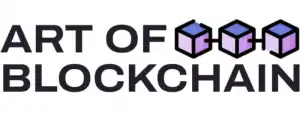How to Secure Price Oracles in DeFi? Interview Help!
Hey everyone! I’m preparing for a technical interview with a DeFi protocol and working on upskilling my knowledge on securing price feeds for lending systems. For same,
My findings are most protocols use decentralized oracles (Chainlink, Pyth) + TWAPs to avoid price spikes and aggregating data from multiple DEXs/CeFi sources to reduce manipulation risks.
But I’m not able to overcome beyond the basics ummmm like do top protocols use sneaky-smart tricks like outlier detection, secondary checks, or emergency price freezes?
And if they do so how they handle real time pricing when market meltdowns without getting rekt by stale data or flash loans.
Are protocols experimenting with stuff like UMA’s “optimistic” oracles or ZK proofs for extra security?
Can anyone suggest me about the these facts so that I will be able to upgrade my knowledge,
Just to mention, this defi protocol is a dream company for me
